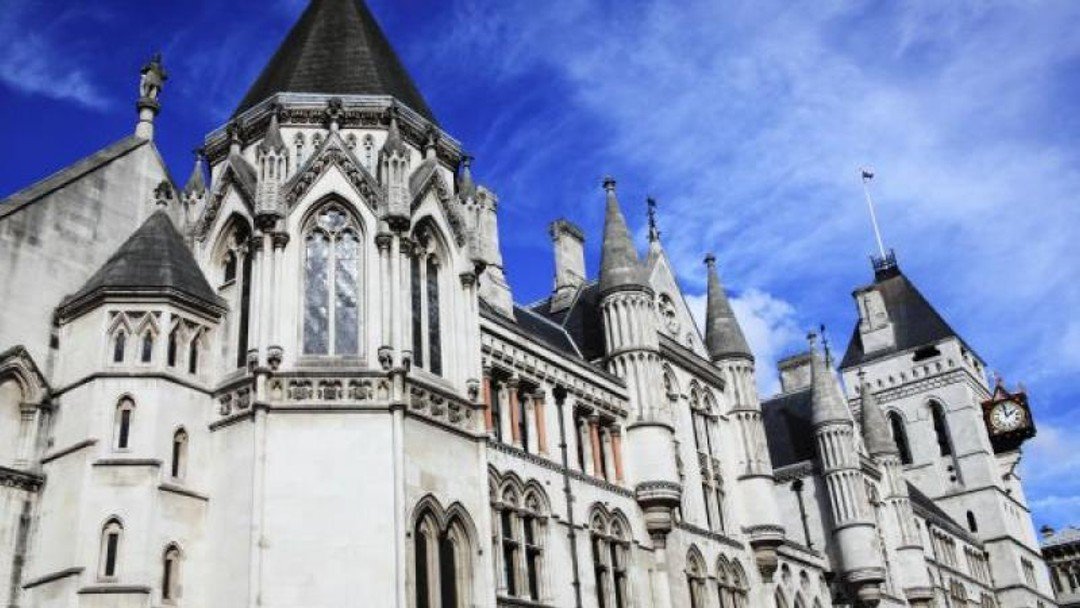Solicitors still outflank barristers as district judges but numbers are falling

Lord chief justice disappointed at slow progress of judicial diversity agenda
Solicitors continue to outnumber barristers as judges in county courts but still hardly appear in the higher echelons of the judiciary, the latest judicial figures have shown.
Of the 438 county court district judges this year, 333 had qualified as solicitors (76 per cent) compared with 105 as barristers. The numbers are lower than last year although they remain within the same bracket, with 338 solicitors (79 per cent) and 92 barristers sitting as county court DJs in 2016.
There are also fewer deputy county court DJs with a solicitor background (415 compared with 428 in 2016). Barristers accounted for 30 per cent of this cohort (195, up from 178 in 2016).
Further up the judicial ladder, solicitor presence drops sharply. Only 6 per cent of recorders are former solicitors (68, compared with 959 barristers), and 11 per cent are circuit judges (69 compared with 557 barristers).
They fare better as masters and deputy masters (36 and 44 per cent respectively) but nearly vanish in the High Court upwards. Only one deputy High Court judge was a solicitor – former head of Capsticks clinical negligence department Peter Marquand – compared with 61 former barristers. And there is only one former solicitor in the Court of Appeal, Gary – now Mr Justice – Hickinbottom, formerly at CMS Cameron McKenna, who was appointed in September 2016.
Overall, however, the number of non-barrister judges has decreased from 37 to 34 per cent, a figure described as ‘disappointing’ by the Lord Chief Justice Lord Thomas in his introduction to this year’s judicial diversity statistics.
Tribunals were on the whole more diverse than courts in terms of professional background, ethnicity, and gender, but women lawyers remained under-represented at most levels of the judiciary – although the figures were similar to last year’s.
Just 28 per cent (890) of court judges and 45 per cent (806) of tribunal judges were female. This is consistent with last year. In the Court of Appeal, nine of the judges are women out of 38 (24 per cent), while in the High Court, women accounted for 22 per cent of judges (21 out of 97).
Overall, just under half of all court judges (49 per cent) and just under two-thirds of tribunal judges (62 per cent) aged under 40 were female.
BAME representation is virtually unchanged – and still astonishingly low – on the bench. Of the 3,134 court judges, only 5.5 per cent (173) have declared their ethnicity as BAME, just 0.5 more than last year.
Most BAME judges were under 40, where their number reached 10 per cent of the court judge group and 14 per cent of the tribunal judge group.
‘Despite the leadership that has been demonstrated over the last year, progress is not as fast as we would wish,’ Lord Thomas commented.
Convincing the next generation of BAME lawyers to become judges is a slow process but the Lord Chief Justice couldn’t hide his disappointment at the latest figures.
‘We remain very concerned about the slow recruitment of BAME judges and the downward trend of new non-barrister (solicitors and legal executives) judges, despite the dedicated work undertaken by the Judicial Diversity Committee,’ he said.
The committee was set up in 2013 and chaired by Lady Justice Hallett to develop initiatives to encourage lawyers from under-represented backgrounds to consider a career on the bench.
This has included evening ‘outreach events’ where prospective judges have attended panel discussions and have been given the opportunity to meet serving judges. ‘They may sow the seed of wanting to join the judiciary years ahead, when they are ready to apply,’ said Lord Thomas. Since 2015, the committee has also run ‘increasingly popular’ application workshops.
In a bid to attract more solicitors and legal academics to the senior judiciary, the eligibility of the High Court programme this year has been extended to those without litigation experience.
Jean-Yves Gilg, editor-in-chief
jean-yves.gilg@solicitorsjournal.co.uk | @jeanyvesgilg
